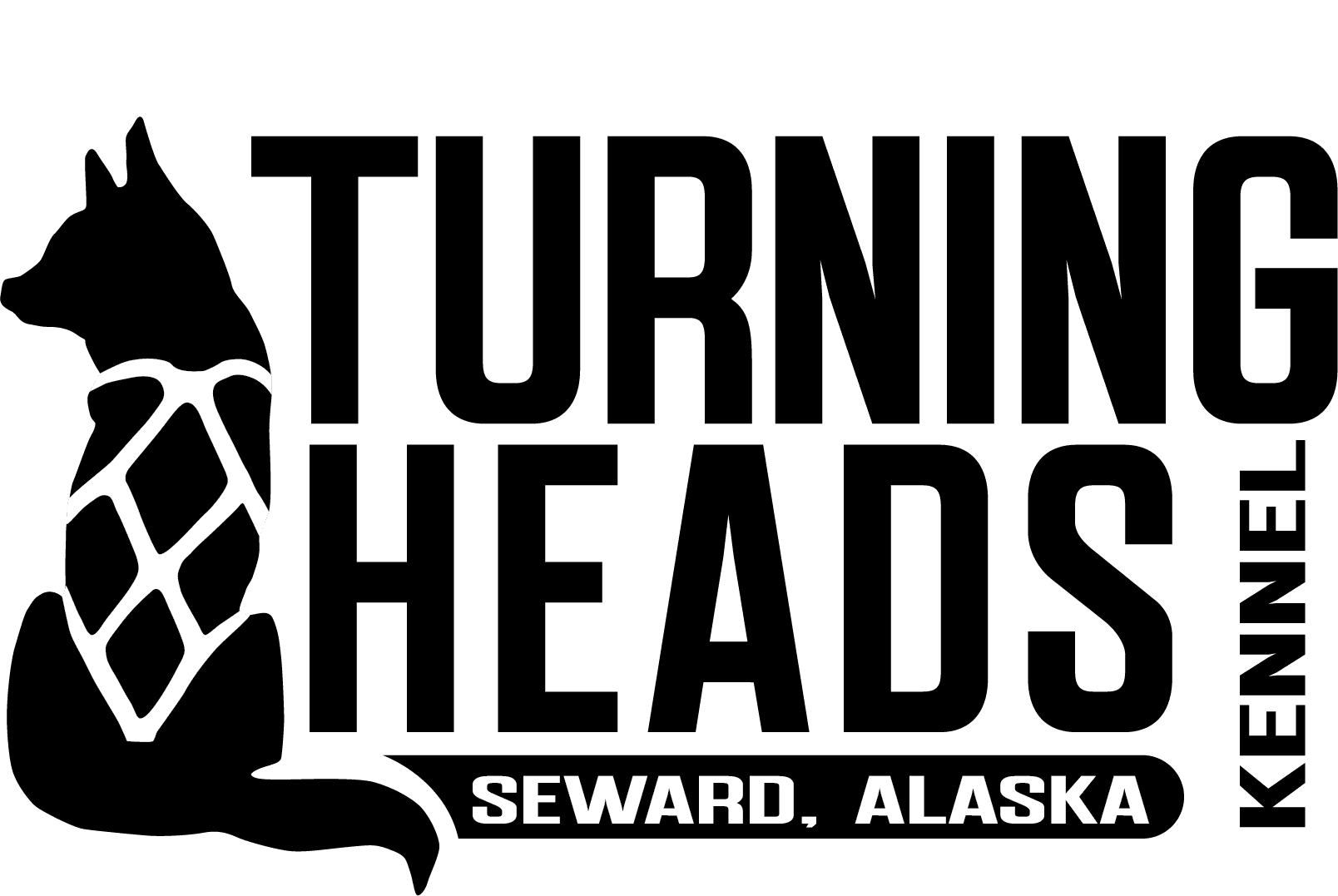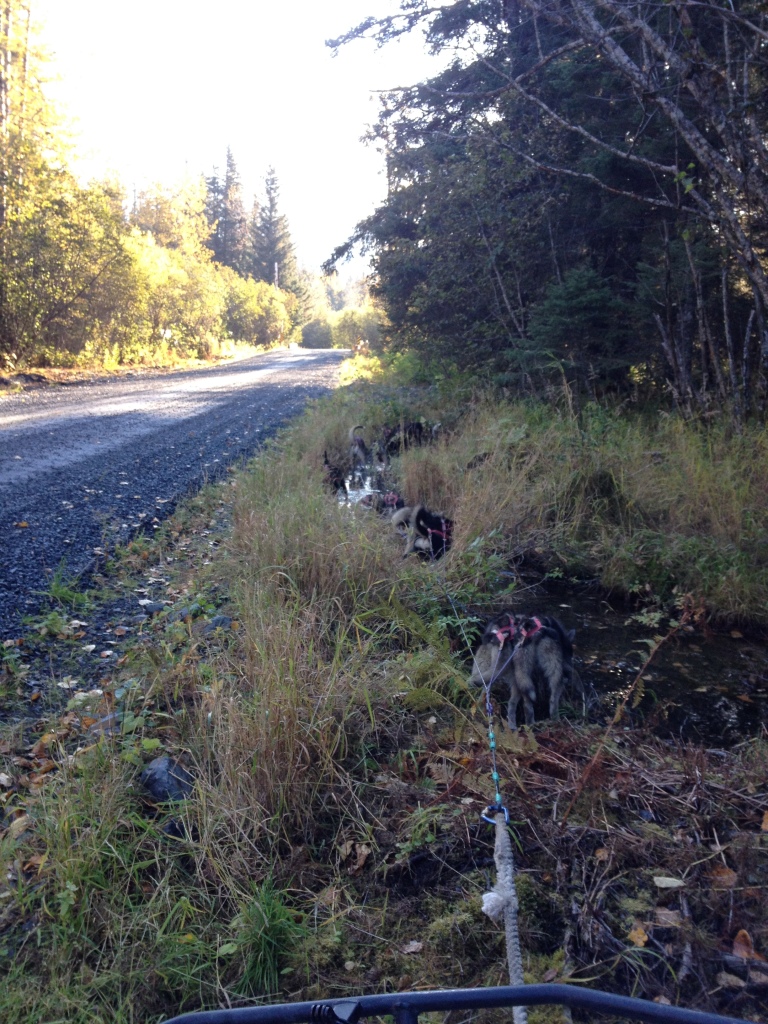At 7:55 I am sitting at the Dodge dealership when I should be sitting at the rookie meeting. I left our cabin in Willow at about 5:15, giving myself plenty of time for the drive to Anchorage to arrive by 7:15. I called my various family members to say hello and my dad, who was in California, was surprised how much time I gave myself for the ride. “Well, you never know what the roads are going to be like,” I told him. The day before we’d woken to about 3 inches of snow and I hate having to rush doing winter driving.
The ride was quiet. Peaceful. I enjoyed talking to my mom and dad and leaving voicemails for my siblings and aunts. I pulled into the Lakewood Hotel where the Rookie meeting took place and found a killer parking spot. I pulled in, put the car in park and gathered my stuff, giving my dog Max a pat on the head for me. I take him on almost all of my roadtrips because I love having the company and I like having someone watch the truck. “See Ya later, Buddy!” I told him.
That’s when I tried to shut my truck off. I turned the key to the left but…no luck. Huh? I thought to myself, that’s weird. So I jiggled the steering wheel from side to side but I still couldn’t get it to shut off. So then I decided to turn my truck fully back on, put it in drive and try again. Still no luck.
This went on for about 15 minutes. The whole time I felt like a complete idiot, wondering if anyone was watching my truck turn on and then only partially off. I mean, come on, who can’t shut their truck off?
I did what any grown adult faced with what seemed to be an insurmountable problem: I called my mom.
“Well I have no idea,” she told me. I didn’t really expect her to have an idea but she was good moral support. I tried going through the motions again. I even moved my truck twice.
Then, I called the dealership — My truck is a 2014 and has just under 25,000 miles — and explained the problem.
“What do you mean you can’t shut the truck off?” The woman on the other line said incredulously. I told her that I had tried everything except disconnecting the battery. “Well I guess you should bring it in,” she said. Obviously, I needed to.
So then I went into the Lakewood hotel and decided that I needed to tell someone I was going to be late because I couldn’t shut my truck off and needed to take it to the shop. Great, I thought. I sound like the world’s most incompetent driver — not like someone who should embark on a 1,000 mile long dogsled race.
This was really how I wanted to start things off.
I told the dealership I had my dog with me. They told me they weren’t sure if that was ok. I said I wasn’t from Anchorage and he didn’t have anywhere else to go, so I’d put him on leash and tie him up in my truck while they worked on it. “I guess that would work,” the woman said though she didn’t sound quite so certain.
So at 8:35 I am still stuck waiting at the dodge dealership for someone to check my truck in so I can have hopefully have a vehicle to drive home in. Not exactly the “start” I was hoping for. I know in the end that none of this is a big deal, but for anyone who knows me I am a worrier. I wrote last year about how sometimes anxiety can cripple me and that is part of why I always try to set myself up for success.
The dodge dealership said I couldn’t leave Max and after allowing myself a few minutes to worry and fret, a solution was found. Race director Mark Nordman offered to pick me up and let me keep Max in his truck for the meeting.
On the plus side, my Iditarod can only go up from here…

